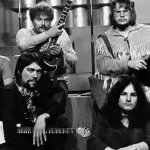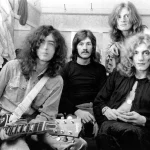🌙 The Moody Blues – “Nights In White Satin” (1967): A Sumptuous Epic of Love, Longing, and Orchestral Innovation ✨
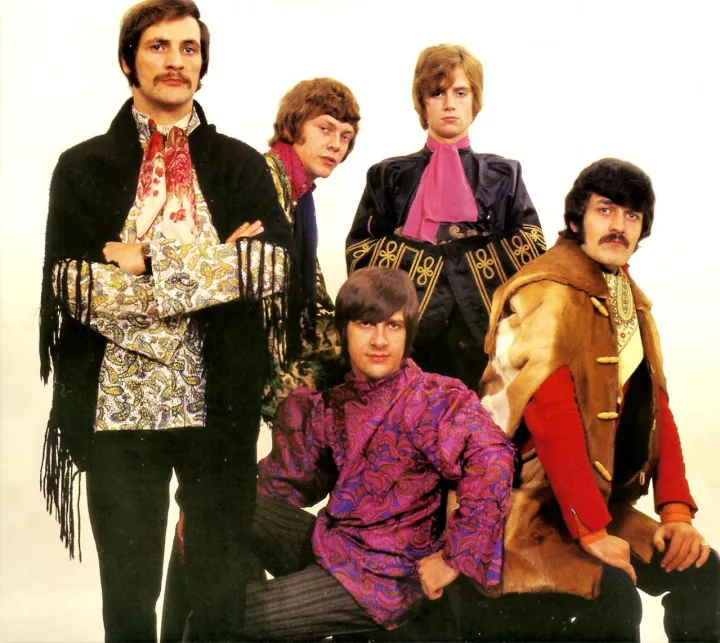
“Nights in White Satin,” released in 1967 by the British rock band The Moody Blues, is far more than just a song; it’s a timeless masterpiece that redefined the boundaries between rock and classical music. This opulent track, meticulously crafted into a sumptuous epic, became the undisputed centerpiece of the Moodies’ groundbreaking concept album, Days of Future Passed. Its blend of soaring melodies, introspective lyrics, and revolutionary instrumentation has cemented its place as one of the most iconic and enduring ballads of the 20th century.
A Visionary Concept and Meticulous Production
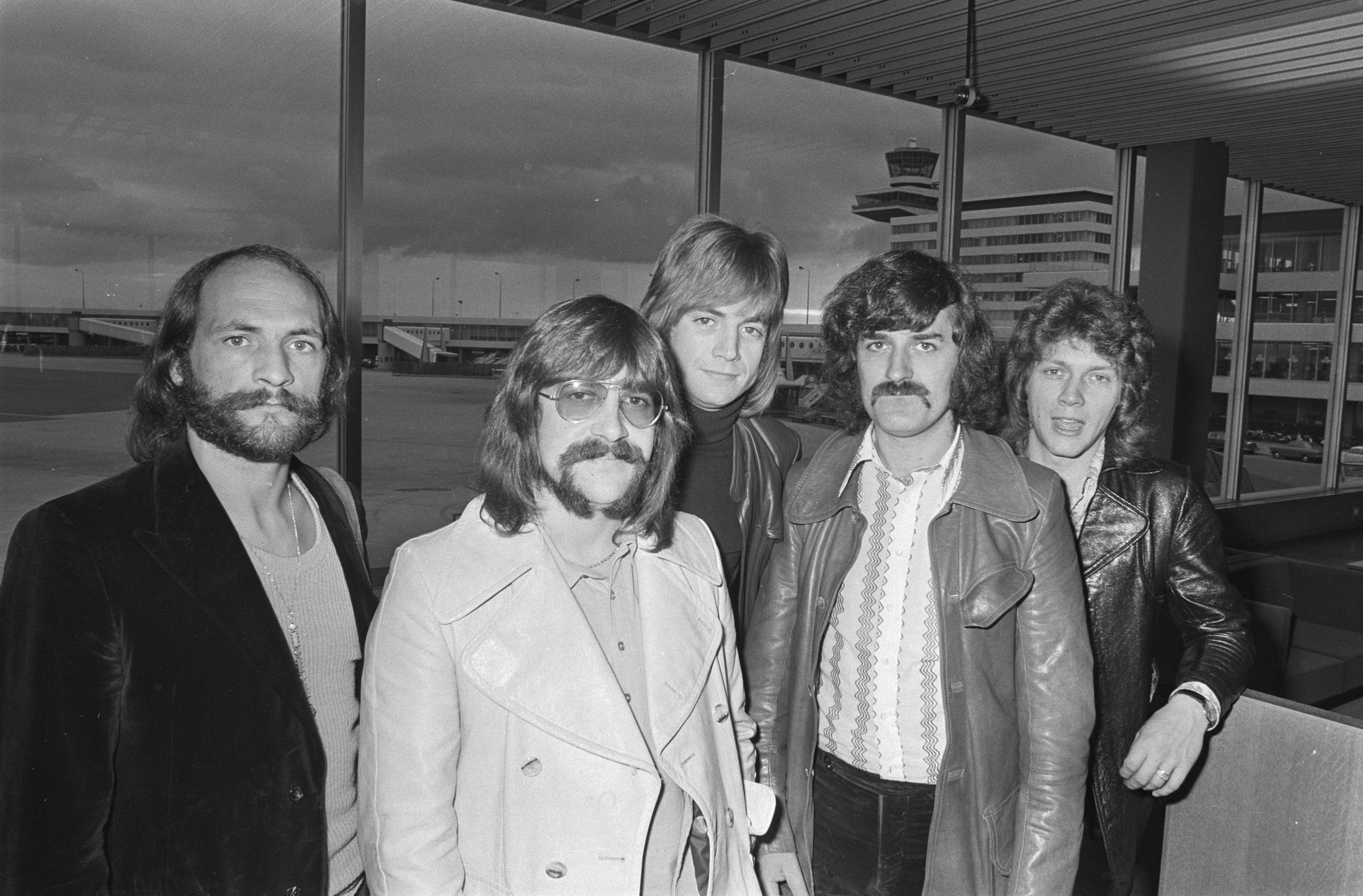
The creation of “Nights in White Satin” is intrinsically linked to the ambitious vision behind Days of Future Passed. Commissioned by Decca Records to create a rock adaptation of Dvořák’s New World Symphony, The Moody Blues, along with producer Tony Clarke and arranger/conductor Peter Knight, instead embarked on a unique journey to create their own symphonic rock suite. “Nights in White Satin” was the emotional core of this album, designed to represent the “Night” segment of a day in the life.
Tony Clarke’s production was nothing short of masterful, ensuring every element contributed to the song’s grand, immersive feel. Peter Knight’s orchestral arrangements were crucial, providing a majestic backdrop that seamlessly intertwined with the band’s rock instrumentation. This meticulous approach to production allowed the song to achieve its full, epic potential, transforming a simple ballad into a profound musical experience.
The Mellotron: A Revolutionary Soundscape

One of the most defining characteristics of “Nights in White Satin” is its pioneering and masterful use of the Mellotron. This innovative keyboard instrument, which uses magnetic tape to play back recorded sounds (including flutes, strings, and choirs), allowed the band to simulate the grandeur of an entire orchestra without the prohibitive cost or logistical challenges of hiring a full ensemble. The Mellotron’s haunting, ethereal strings create an unparalleled atmosphere, instantly recognizable and deeply evocative. This wasn’t merely a substitute; it was an artistic choice that lent the song a dreamlike, almost melancholic texture that a real orchestra might not have achieved in the same way. The Mellotron became synonymous with The Moody Blues’ sound and was instrumental in shaping the sonic identity of progressive rock.
Lyrical Depth: Reflecting Love and Profound Longing
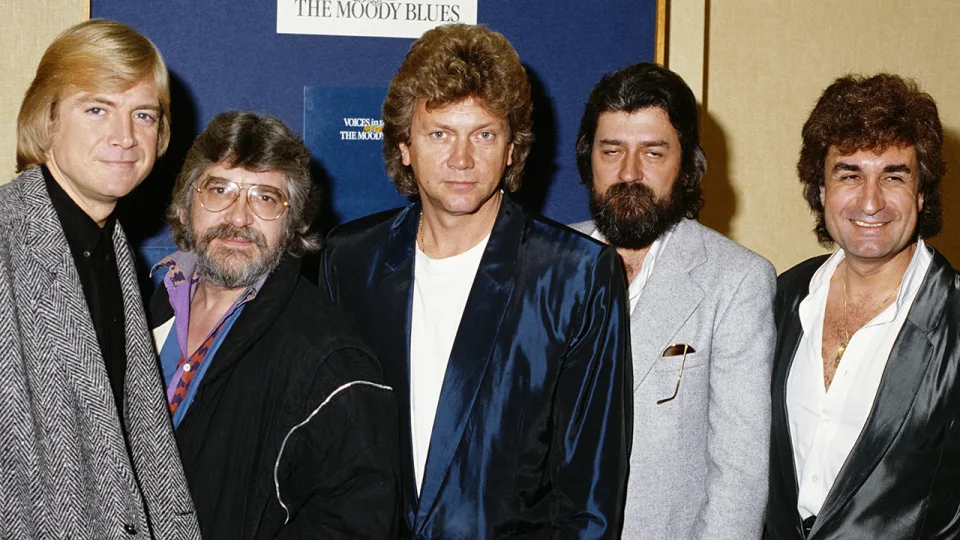
At its heart, “Nights in White Satin” is a deeply introspective and emotionally resonant exploration of love and profound longing. Written by lead singer Justin Hayward when he was just 19, the lyrics are imbued with a raw honesty and poetic beauty. Evocative lines like “Nights in white satin, never reaching the end / Letters I’ve written, never meaning to send” capture a bittersweet sense of unfulfilled desire, yearning, and perhaps a touch of romantic disillusionment. The imagery is rich and vivid, painting a picture of nocturnal contemplation and emotional vulnerability. It speaks to the universal experience of complex emotions in love – the beauty, the pain, the uncertainty – making it timelessly relatable. The philosophical spoken-word poem, “Late Lament,” recited by drummer Graeme Edge at the song’s conclusion (and the album’s closer), further amplifies the reflective mood, contemplating life’s journey and mortality.
Chart Success and Enduring Legacy

Upon its initial release in 1967, “Nights in White Satin” achieved moderate success, reaching No. 19 on the UK Singles Chart and No. 103 in the United States. However, its true global impact would unfold gradually. It gained massive popularity during a re-release in 1972, soaring to No. 2 on the Billboard Hot 100 in the U.S. and achieving similar top chart positions worldwide. This delayed success underscored its slow-burning power and universal appeal.
Today, “Nights in White Satin” remains a celebrated masterpiece. It’s lauded for its groundbreaking fusion of rock and orchestral elements, its lyrical profundity, and its innovative use of the Mellotron. It stands as a testament to The Moody Blues’ artistic courage and their ability to create music that is both grand in scale and deeply intimate. The song continues to enchant new generations, cementing its legacy as an undeniable classic that captures the timeless essence of love, longing, and the reflective beauty of the night.
